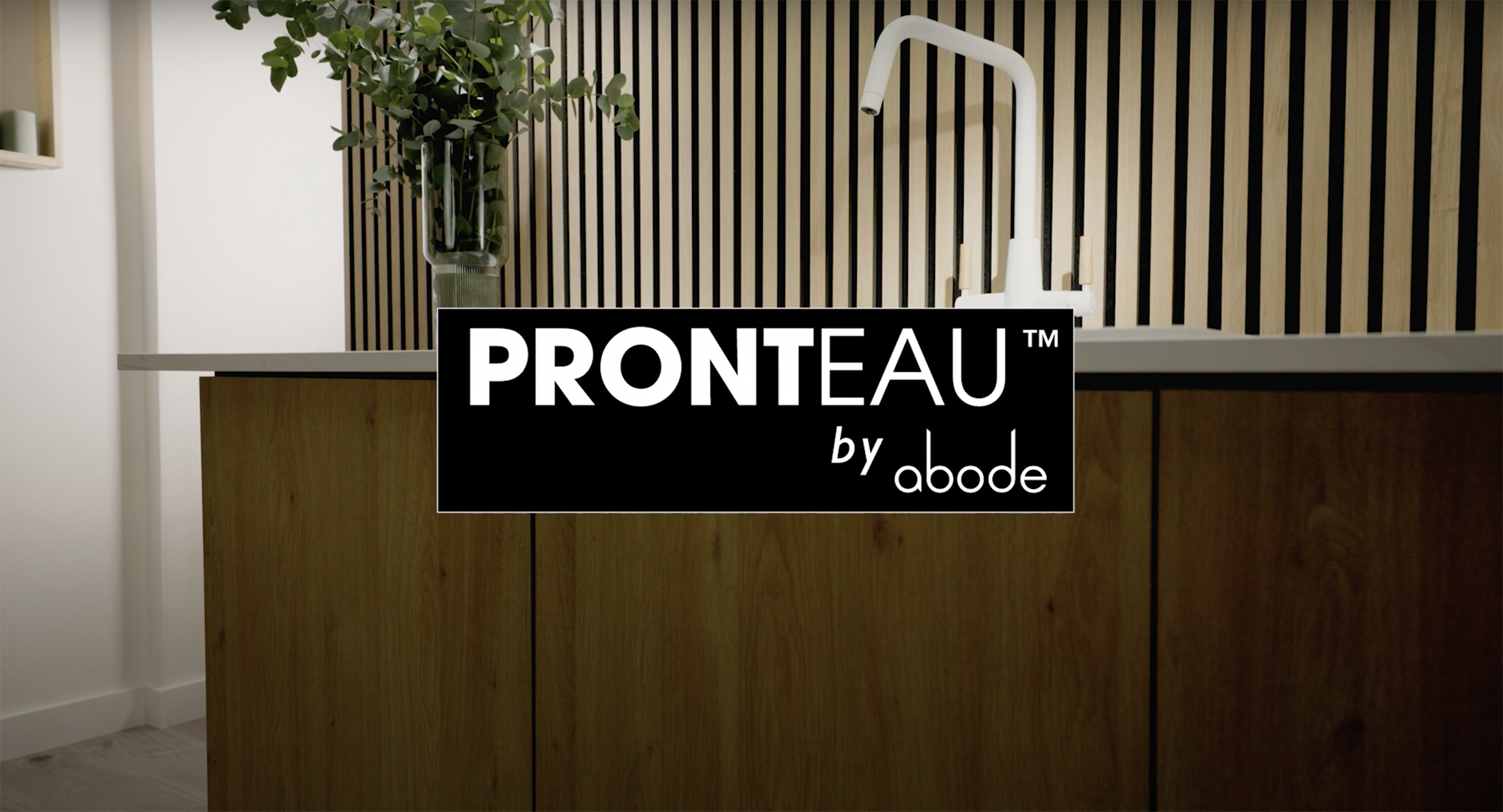Chartered marketer at Ambiance Bain Karen Jervis explores the advantages of replacing a bath with a shower and why bathroom retailers should be ready for customers questioning them about the benefits and potential savings

With ever-increasing energy costs, environmental concerns and a greying population, more people are looking at different ways of improving their lifestyle, saving money and reducing the impact their activities are having on the environment.
It’s common knowledge that showering spaces are much easier to step in and out of for everyone, especially the elderly or those who are less able, but when you start to look at the potential water and energy-saving benefits, it becomes a very interesting option to explore.
Sponsored Video
Water and energy saving
2022 was the sixth driest summer on record and with worrying global warming trends, this doesn’t look set to change anytime soon.
This in turn means drought conditions are increasingly possible, so saving water is becoming ever more important.
Statistics show a full bath uses up to 80 litres of water whereas a 5-minute shower around 45 litres.
This huge volume of water must also be heated. Consequently, using less water reduces energy – a win-win for both the environment and your customer’s wallet.
In short, by replacing a bath with a shower, it’s possible to almost halve the cost of bathing.
Consumers will also become more aware of products which save water, energy and therefore money with mandatory labelling on the Government’s agenda.
According to the Government, hot water use is the second largest use of energy in a home after space heating.
Installing a water-efficient showerhead could save an average household (2.3 occupants) 3,762 litres of water, and £17.44 off their combined utility bills per year.
A family of four could save 6,468 litres and about £30 off their combined energy and water bill each year.
And based on 2019 prices, the label could save £125 million on water bills and £147 million on energy bills over 10 years, as well as 1,200 million litres of water a day – the equivalent of 480 Olympic swimming pools.
Easier cleaning
Showering spaces are also easier to clean than baths, making the area even more hygienic by installing wall panelling instead of tiles.
With no grout lines to maintain, there is less risk of mould and bacteria build-up.
It’s also possible to create more floor space as shower trays don’t have to take up the full area of an existing bath. It takes accessibility and inclusivity to a whole new level.
Spa-like showers
If a customer feels their at-home spa-like haven is incomplete without a bath for lying back and relaxing, how about promoting shower seats?
A bath is no longer a go-to for master bathroom specification, as a shower can in some cases, add value to a property too.
Showering is now as much based on luxury and well-being as practicalities such as water-saving and efficiency.
Think chromatherapy, aromatherapy, as well as an array of spray patterns, operated with digital controls and personalised to individual requirements.
Bathroom specialists can guide consumers with design, colours and materials, but they are also best placed to deliver knowledge about how the space will function for the client, as well as its aesthetic value.
So get clued on water and energy efficiency and how it make impact bathroom design.



